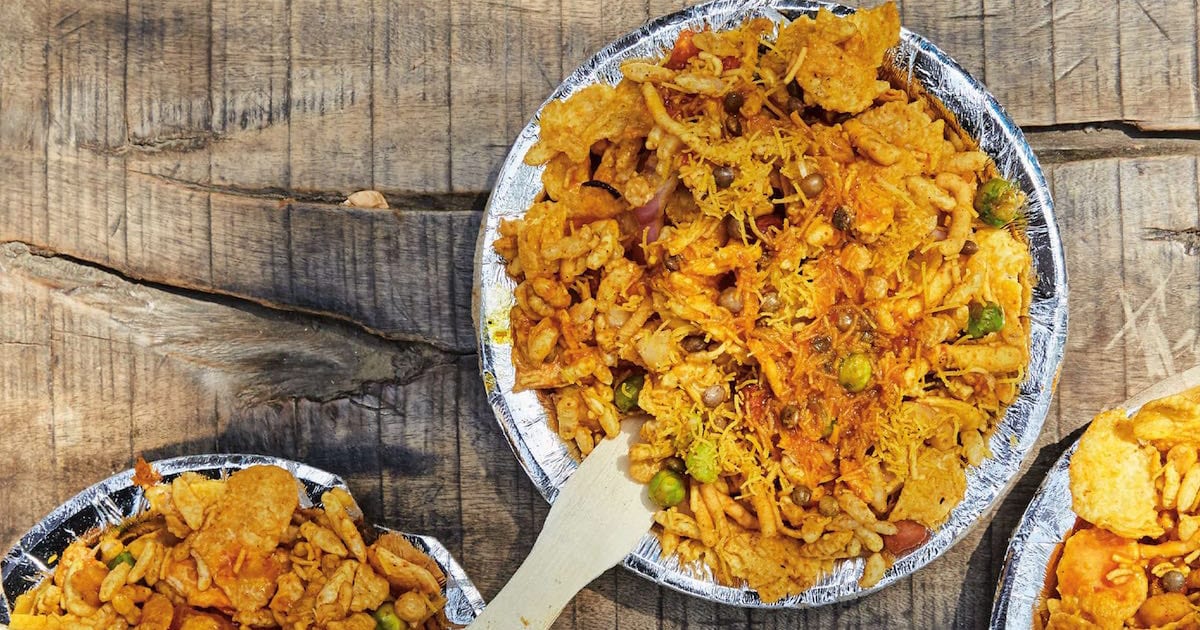Chef Maneet Chauhan knows how to weave a good story.
At her Nashville restaurant Chauhan Ale & Masala House, she tells stories on the plate, through the bright, fragrant, and diverse range of Indian dishes she serves. In her latest book, Chaat (Clarkson Potter), Chauhan fills the pages with stories that pay tribute to her home country, and specifically, its fascination with chaat, the “sweet, salty, spicy, crunchy, creamy, hot, and cold snacks—street food, really—found in Indian markets, train stations, and home kitchens.” We caught up with her to learn more about what went into putting her stories on the page.
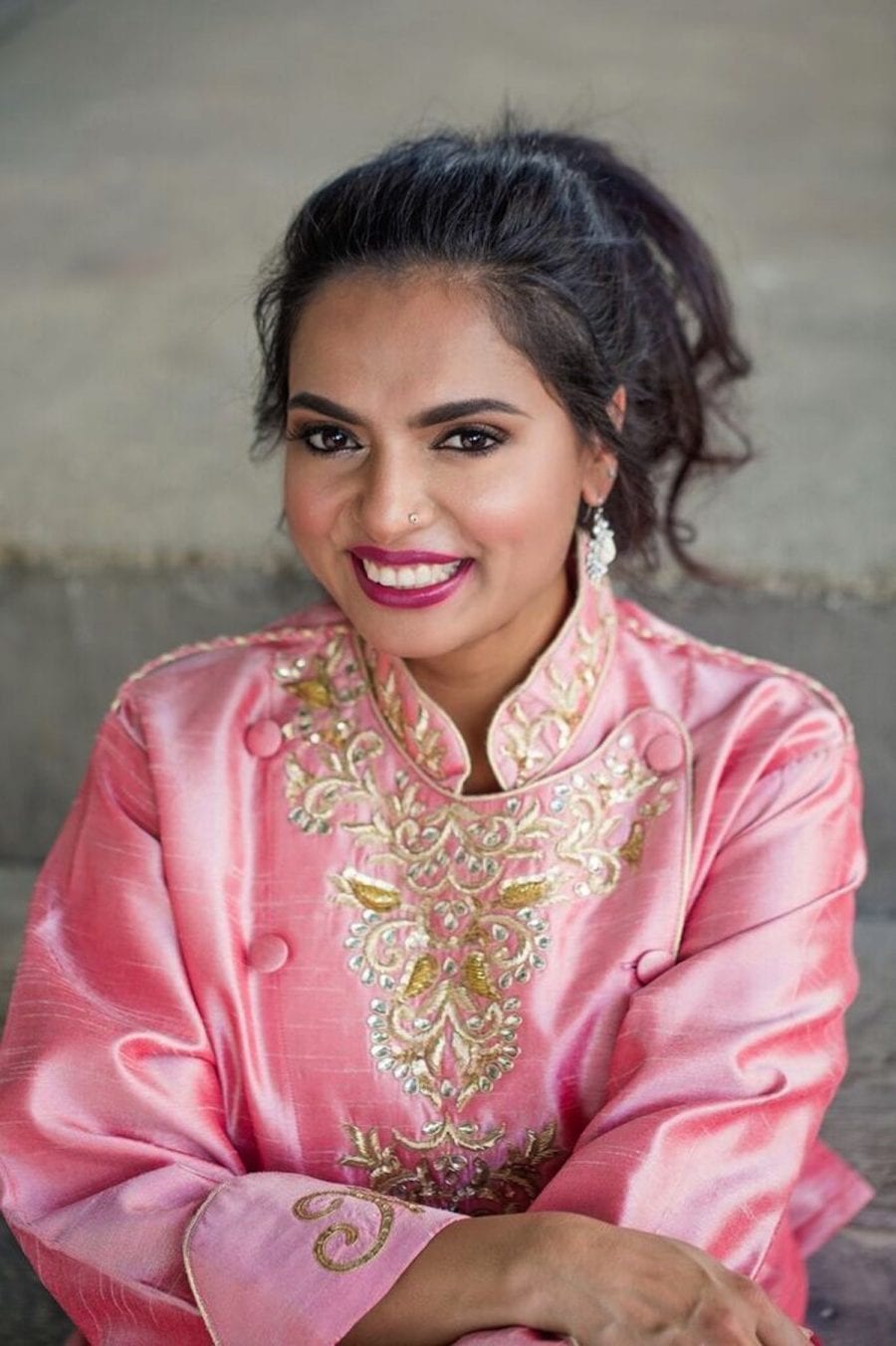
Tell us why you thought a book on chaat was so needed right now, especially for U.S. readers?
I think one of the biggest reasons why this book was needed was because chaats are a combination of fresh, seasonal, and you know, impactful, ingredients—they pack a punch, right? And people’s perception of Indian food is [still] curries, and all-you-can eat buffets, and dishes that take hours and hours and hours to cook. So, I really wanted people to see the diversity of Indian food through street food and through chaats. Also, this book is more than just what chaats are—it’s also the emotion of chaat. Chaat means “to lick” in Hindi, literally. So, these dishes just celebrate the diversity and the vastness of Indian cuisine.
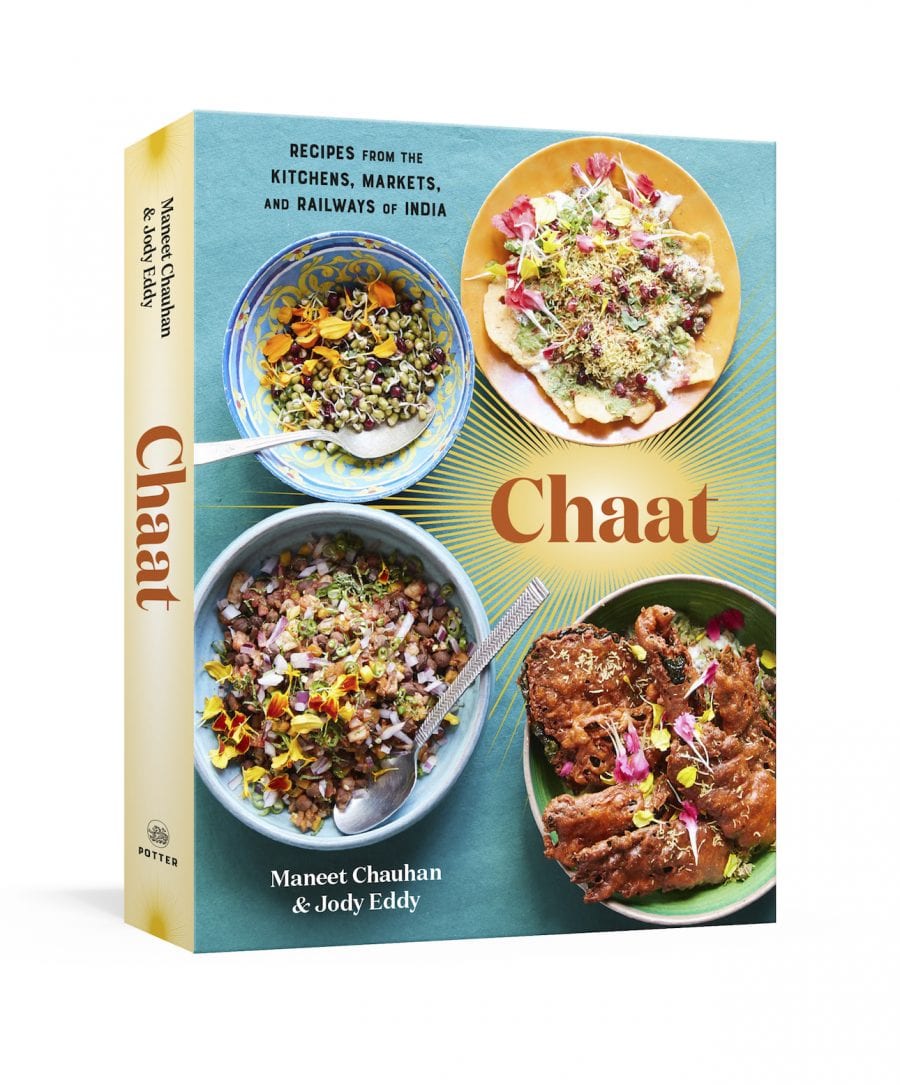
How did you go about gathering recipes and stories for the book?
It actually was really challenging because we wanted to do a fair representation of all of these chaats from all of these different regions and a lot of these dishes are engrained in my mind from when I was traveling as a kid. I had to dig very deep into my memory to come up with the idea of these dishes and then had to work on coming up with the actual recipes. As kids, we would take trains all over and these trains are unlike the trains over here—these are trains where the windows are open, the doors are open, they take three days and three nights to get you somewhere. You stop at each and every small station and what would happen is that when the train would stop, the local food vendors would just climb the train to sell their local wares. That’s how I remembered Chennai curd rice—I remembered the stop and what we ate. And, you know, the book is only half of the recipes that I came up with! My co-author, Jody Eddy, really helped me edit—usually there is nothing known as “editing” in my life (laughs). Last year in March, we traveled to India, Jody and me along with our photographer Linda Xiao, and we took trains and traveled to different regions and we took photographs and that’s literally how we came up with a lot of the content and photographs for the book.
Yes, the photos are so vivid and very photojournalistic in style compared to other cookbooks. What was behind that decision?
To me, the beauty of chaat is the fact that it’s street food. There’s beauty in that it’s suddenly falling off the plate. There’s beauty in that [the chaat vendor’s] table has served millions of other chaats, right? And there’s beauty in it not being perfect. That is what I wanted to put across. There are a couple of styled shots but those were taken at Chaatable, which is as colorful and organic as India. To me, cooking is about putting your own signature on it. With this book what I strongly suggest to people is that, “hey, I have given you the start, man, now go ahead and put your own signature on it.” Like the sweet potato in the star fruit chaat. You taste it and you know what the foundation is—now, peope will ask, “what if I go ahead and put some ginger in it or what if I go ahead and put some spiced peanuts on it?” I’m like “go for it.” The photographs, which capture the true essence of India and of chaat, needed to be more important than just putting a plated dish with each recipe.
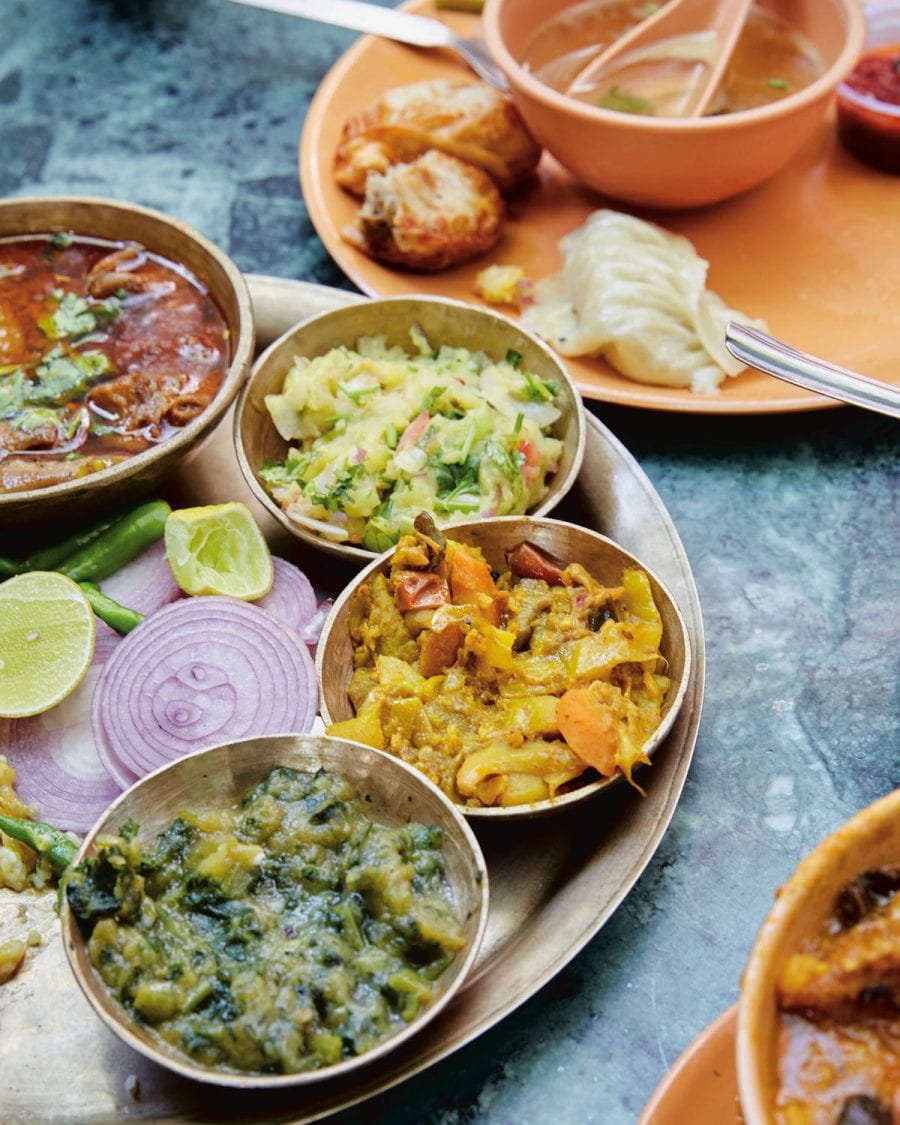
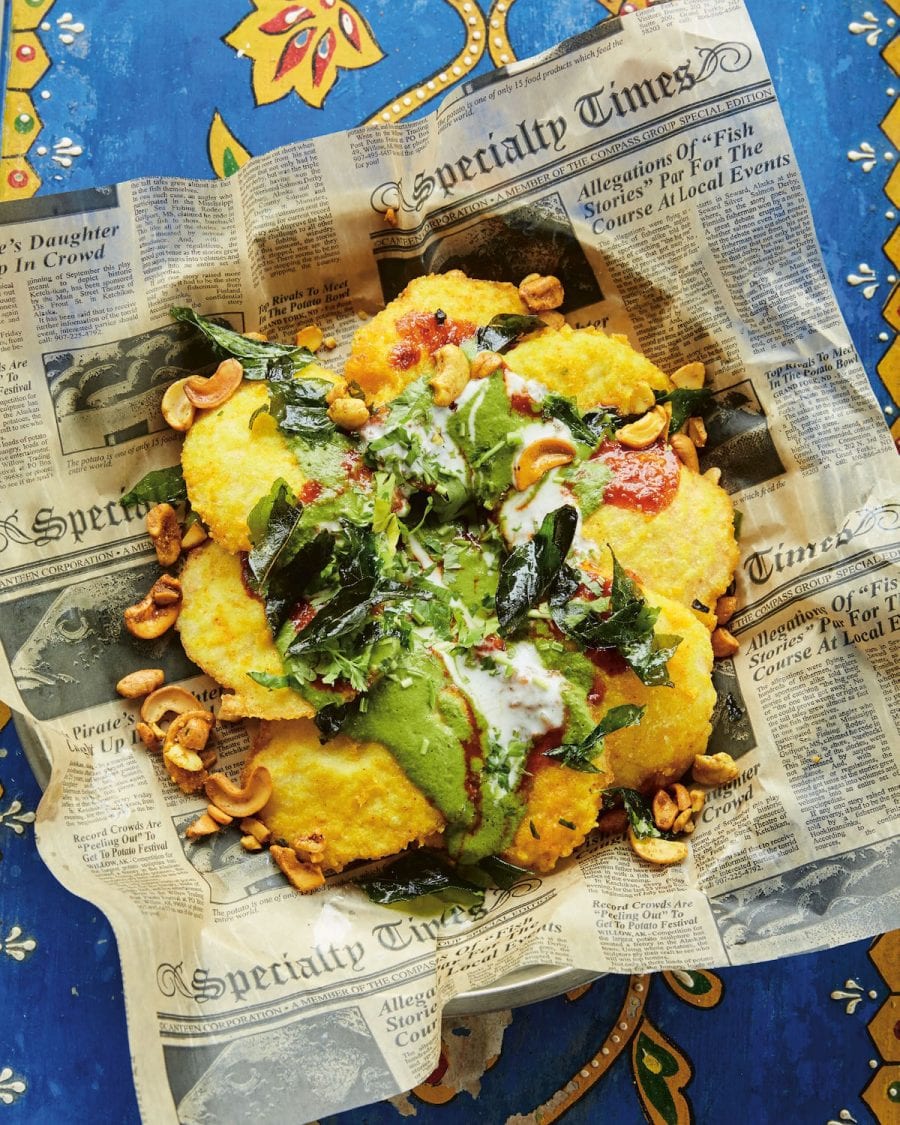
What was most eye opening about revisiting India and researching these dishes?
I think one of the things which really struck me was how much things have changed. I left India around 25 years ago and everything is becoming a lot more centralized. It is becoming almost more sterilized, if I can say that. We had to go further out, and delve deeper into old Delhi to get the stories and the flavors that reminded me of the time when I was growing up. That was the one thing that was slightly disappointing. But, when you go to those smaller stations, you still get those vendors who come and who have a chaat in a bucket because that’s the most portable way of selling it. But also, the most incredible part is whenever I take people to India who have never been, I get very excited because I get to see India through their eyes. There are things that I get jaded by because I’ve seen it since I was a small kid but when someone is like, “Wow, this is incredible to me,” that is the moment that makes me so proud of the food and the culture that I grew up with.
There’s an interview with a chaat vendor in the book and many of their stories are mentioned throughout. What did you learn while talking to them during your research?
Oh yes, and to hear from their voices about what’s happening, that was really interesting. You know how much I love to talk, right? (laughs) I was actually going ahead and talking to all the vendors, and I know Hindi so it was easy to converse with them. Well, while we were doing that [my co-author] Jody was like, “we need to go ahead and transcribe these!” It was such a great idea because I was just naturally talking to these guys. There was one vendor in Delhi who had [his gear] on the back of his bicycle and he comes every day to sell at the same spot, which is where his dad was selling, and his granddad was selling. It was so incredible. When you think about how rich the history is, even when it comes to street vendors, and how those recipes have gone down that many roads and passed through that many hands—I thought that was fascinating to learn about.
This book also is very personal for you. You really dig into stories about growing up, your family, and about your time at university. Was that the idea for the book when you started out?
You know, this idea came to me over nine years ago. That was the first time that Jody and I actually went to India. [My daughter] Shagun was six months old so I put her in a Baby Bjorn and just flew to India with Jody. We did a lot of research at that time, we took trains, and basically that’s when this whole thing started for me. To me, I’ve always seen each and every big event in my life around food. It’s funny, my sister and I talk and we might have taken the same train journey when we were young and she would remember it from the book that she read while I would remember it from the distinctive thing that I tasted on that journey. So, this has been something that’s always been in the back of my mind.
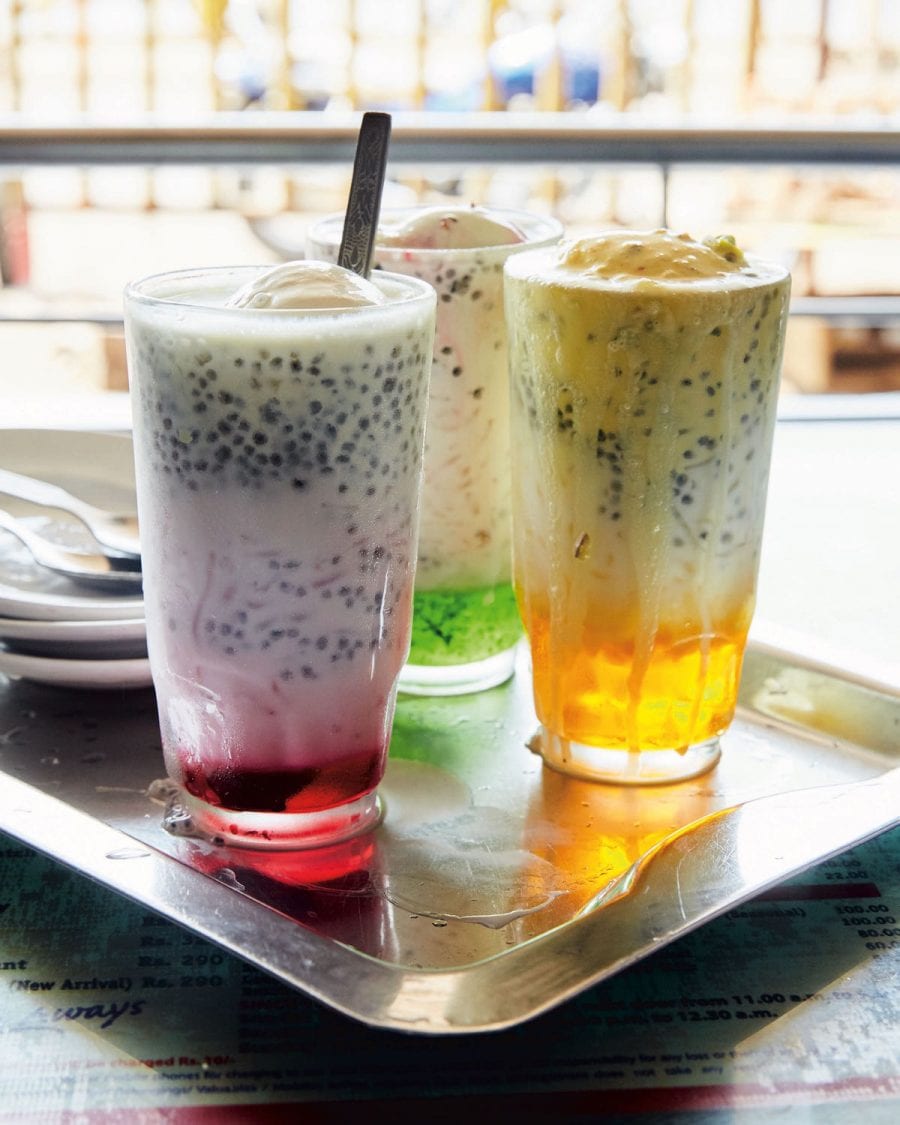
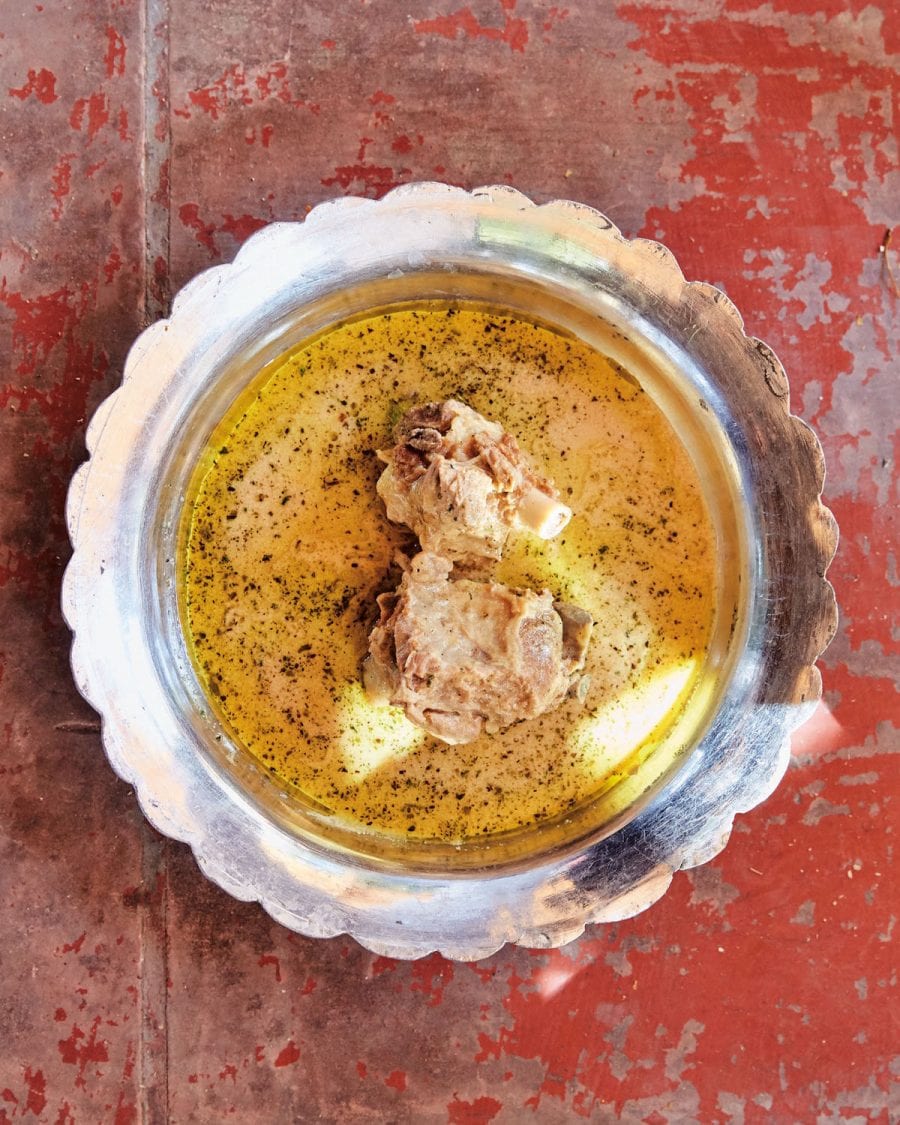
This book celebrates a very specific Indian tradition, and yet you are now a chef making your life and career in the South. Do you see any overlaps between these two cultures and their traditions?
One of the biggest reasons why I find myself feeling so much at home in the South is that there is a soul that you find in the food from both places. I’ve always found Indian food to be very full of soul. It’s full of stories. Any dish in front of me there has a story behind it, which I feel is the same with Southern food. There is a story behind why hot chicken came about or why we make potlikker. These Southern dishes can be so different for me but the soul is so familiar—they all tell a story.
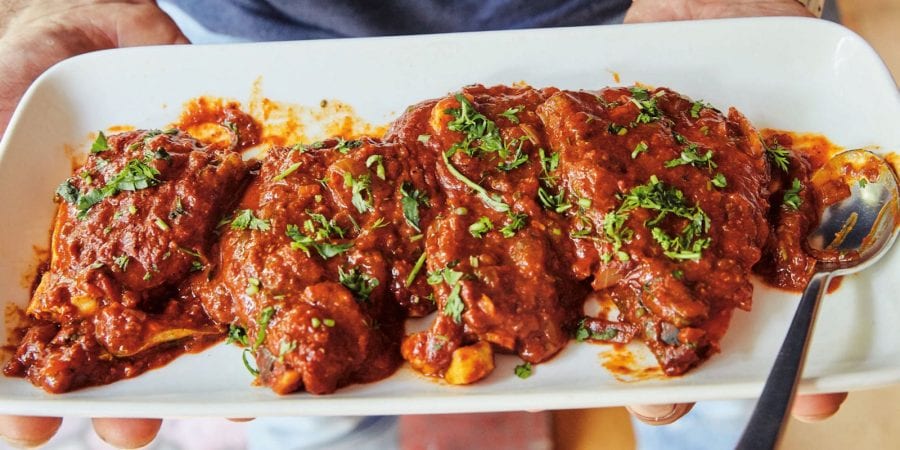
Fish Recheado
Maneet Chauhan’s fried fish stuffed with chile paste recipe from Chaat
Recipe and images reprinted with permission from Chaat by Maneet Chauhan and Jody Eddy copyright © 2020. Photographs by Linda Xiao. Published by Clarkson Potter, a division of Penguin Random House, LLC.
share
trending content
-
New Restaurants in Arkansas
-
Shrimp and Grits: A History
by Erin Byers Murray -
Tea Cakes, A Brief History
by TLP Editors -
Gullah Geechee Home Cooking
by Erin Byers Murray -
A Cajun Christmas Menu
by TLP Editors
More From At the Table
-
High Tea, Southern Style
-
10 Leftover Recipes To Clean Out Your Fridge
-
Country Captain Shrimp and Grits
-
10 Nonalcoholic Drinks for Dry January
-
Our Most Popular Recipes of 2023





